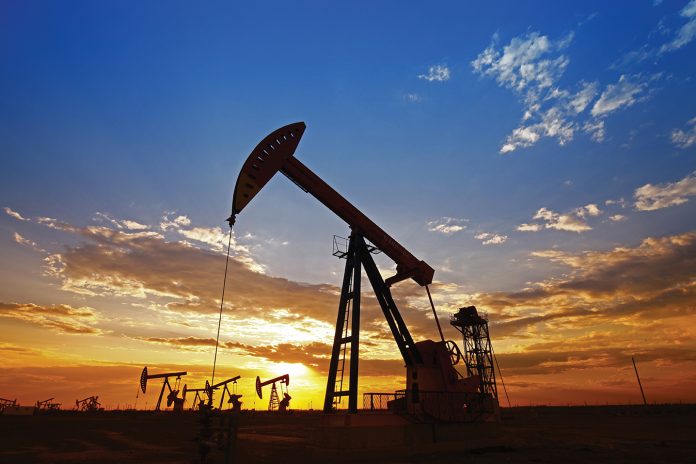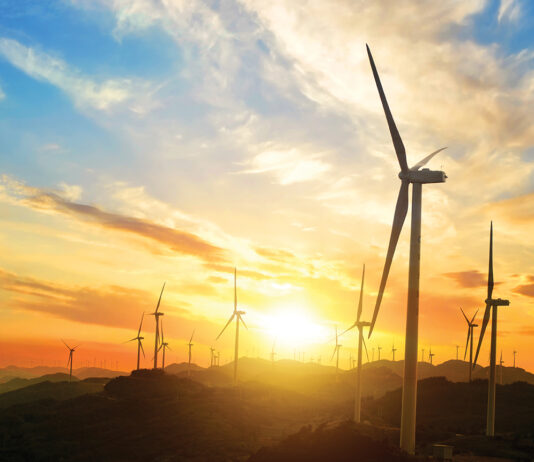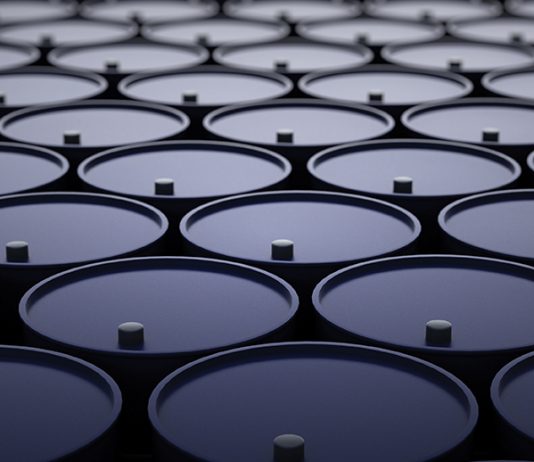
10 Things You Should Know About Oil and Gas Today
The Big Story
Just as in Texas, the layoffs and well shut-ins are happening faster than expected in Louisiana. A recent survey by the Louisiana Oil and Gas Association (LOGA) finds that nearly a quarter of the state’s oil industry workforce has already been laid off. The study also finds that more than 77% of LOGA members have already begun taking steps to start shutting in production.
“We figured these outcomes would take place by mid-to-late May, but the crushing weight of the crisis is taking hold much quicker than expected,” continued Briggs. “Without a doubt, we need federal and state policymakers to take immediate action to help mitigate further losses from these extreme market conditions.”
Other findings from the survey:
- 97 percent are moderately or extremely concerned about the industry’s future
- 51.35 percent said bankruptcy is likely
- 34 percent applied for Economic Injury Disaster Loan (EIDL) funds through the U.S. Small Business Administration in response to the COVID-19 pandemic
- 25 percent of EIDL recipients stated they received the funds they expected
- 46.67 percent of EIDL recipients indicated funds received were insufficient to help them stay in business
- 72 percent of EIDL recipients stated funds were not enough to avoid laying off workers.
This is absolute carnage. There is no other way to describe it.
On to other stories:
Columnist Eric Grieder has an interesting opinion piece in today’s Houston Chronicle about the Railroad Commission and prorationing. Excerpt:
“The oil industry is not like other businesses,” wrote David F. Prindle, a professor of government at the University of Texas at Austin, in his 1981 book, “Petroleum Politics and the Texas Railroad Commission.” The key issue, he explains, is that oil production can’t be governed by the forces of the market; a lack of regulation, in this industry, “brings chaos.”
And so while prorationing might sound like a strange thing for Texas regulators to consider — it’s conceptually similar to quotas, after all — the state has done so in the past.
Sitton noted as much in an essay published on his own website. State lawmakers, he argued, have long been believers in the free market, but “they also recognized that government must take steps to protect that market from extraordinary circumstances.”
The Texas Council on Environmental Quality has issued a new permit to Texas LNG’s proposed export terminal at the Port of Brownsville. The permit contains stronger-than-normal emissions standards for the terminal.
Sergio Chapa at the Houston Chronicle reports on Halliburton’s decision to lay off 1,000 employees at its Houston headquarters.
A new report from Enverus paints a picture of the difficult ‘new world order’ to come for the U.S. domestic shale industry. Excerpt:
A new report, titled “COVID-19: Oil and Gas Fundamentals Update,” issued on Wednesday by Enverus, does a good job of painting that stark reality.
In the cover memo emailed out to customers, Bernadette Johnson, the vice president of Strategic Analytics at Enverus, said “There have been numerous ideas proposed to try and correct the unprecedented drop in oil and gas prices created by a global supply imbalance, Saudi-Russian price spat, coronavirus pandemic, and resulting demand destruction. The recent OPEC+ agreement to cut 9.7 MMBbl/d in May and June for the near term is too little, too late, however. The answer to understanding the path to recovery has been there all along—fundamental economics and supply/demand.”
The base case in the Enverus analysis envisions global crude demand recovering to 98.9 million barrels of oil per day during 2021, just below the level seen prior to the COVID-19 outbreak, and roughly 3 million bopd below the historical trendline. With U.S. production poised to drop by several million bopd by late summer, this global demand outlook, coupled with the OPEC+ agreement’s vision of maintaining cuts of 6 million bopd into 2021 has Enverus projecting a global supply shortfall of roughly 8 million bopd for Q4 2020.
That general outlook has already resulted in the price for Brent crude climbing back above $31 per barrel, with WTI trading at roughly $5 lower than that. It also has UBS and Goldman Sachs raising their 2021 crude price projections back into the $50 range.
All of these factors will provide some running room for U.S. shale producers to restart drilling operations in earnest late this year. But in the “new world order” that will come about in the meantime, the big questions will become which companies will still be around to drill those wells, and how will those surviving companies raise the capital to finance those operations?
Today’s Houston Chronicle has an interesting piece analyzing the “one-two punch” that COVID-19 and the oil bust are having on the city of Houston.
Oil prices are up again this morning, with WTI now topping $26/bbl.
Is that a promise? Morgan Stanley says the worst is over for oil. Excerpt:
The worst for oil is over, but the road to recovery will be long and windy, Bloomberg’s Javier Blas tweeted, citing Morgan Stanley analysts.
According to them, April was the worst month for oil demand, which from now on will begin to recover, albeit slowly. Oil inventories will continue to rise, however, which suggests it will be a while before oil prices could post any palpable improvement.
Because of this, the Morgan analysts kept their price forecasts unchanged, with Brent seen at $35 a barrel in the fourth quarter of the year, up from $25 during the current quarter.
North Dakota Governor Doug Burgum has launched a “task force” to come up with suggestions on how to avoid economic Armageddon in that state. We wish them good luck.
That’s all for today.
















